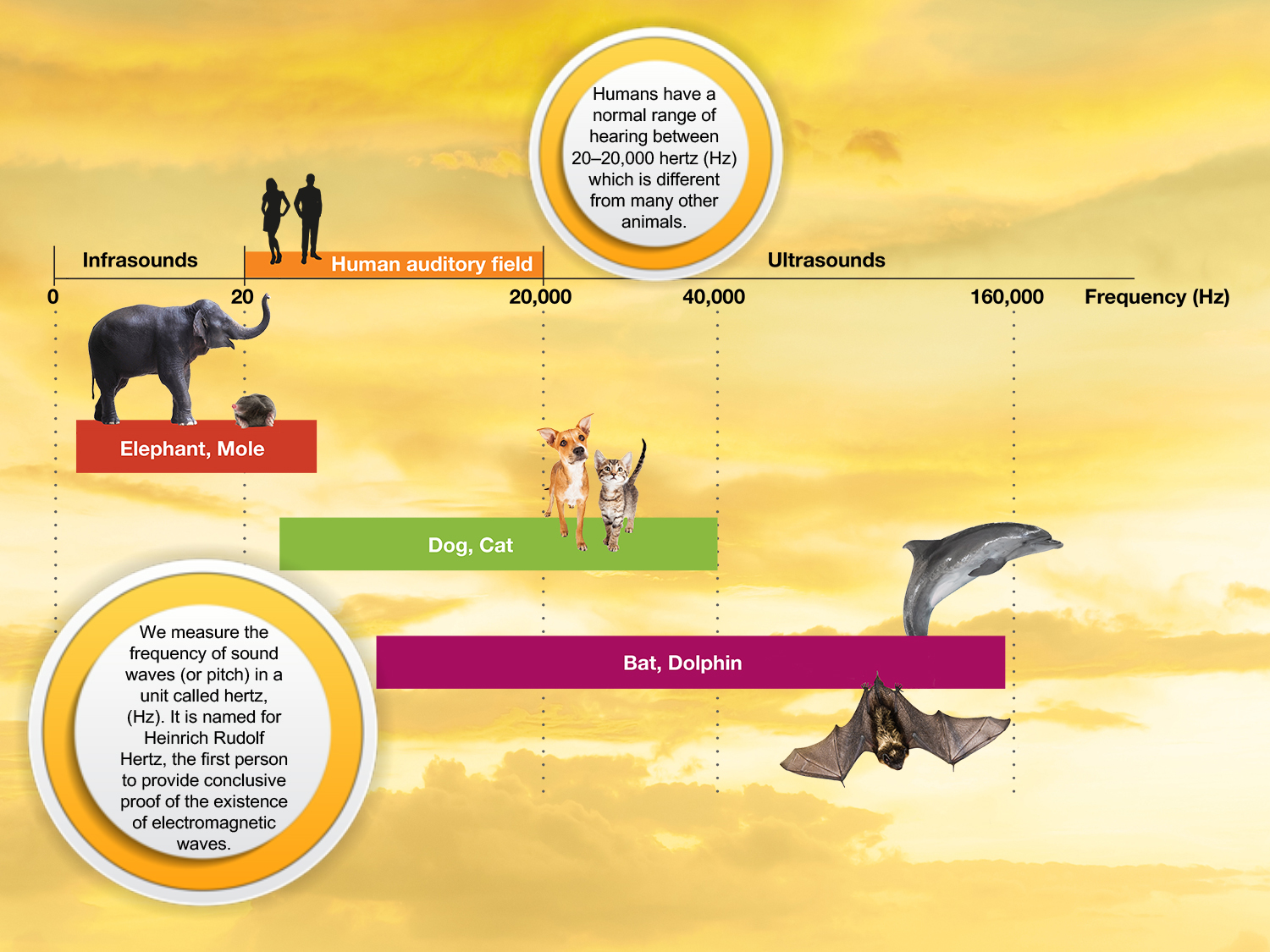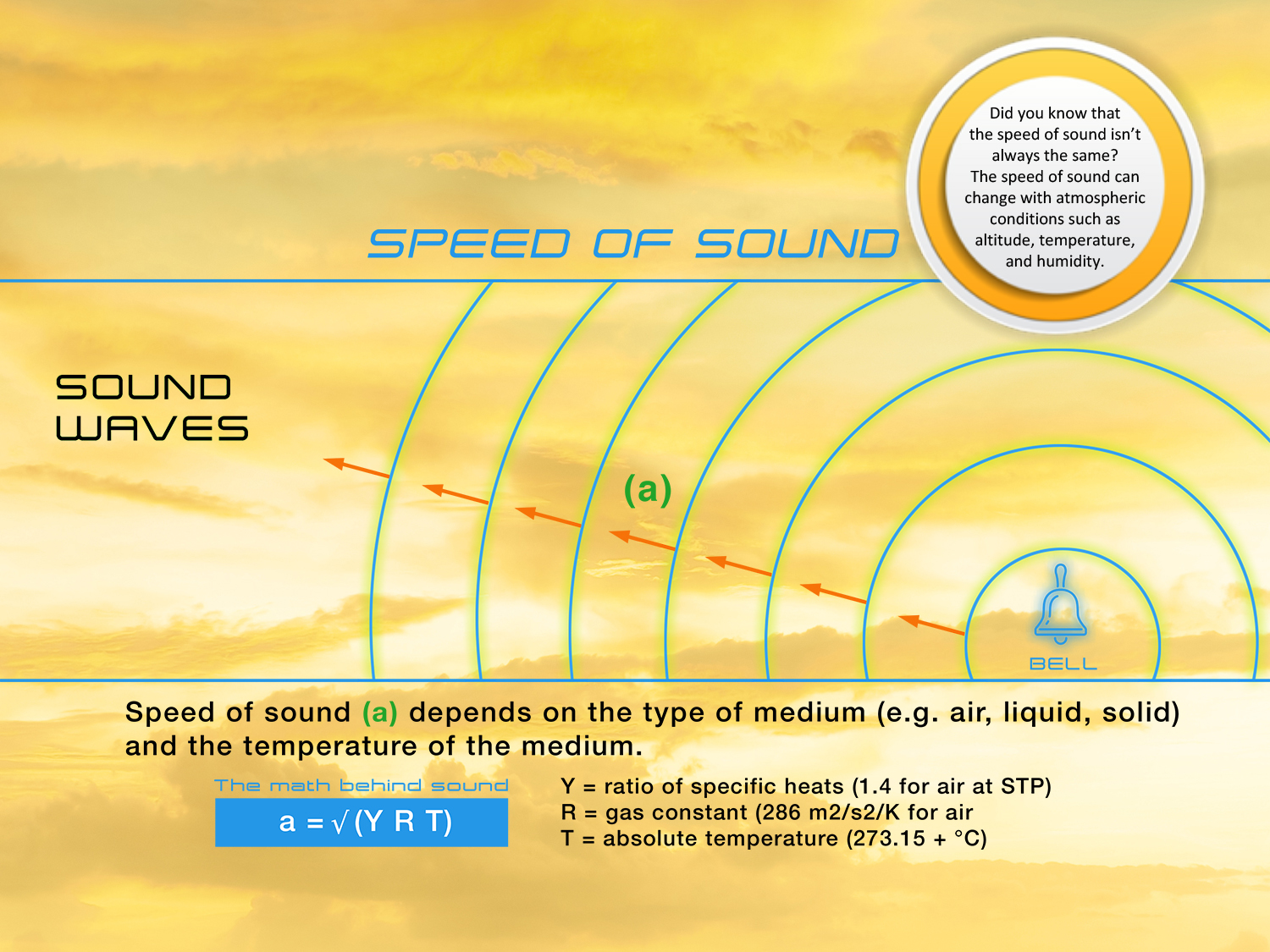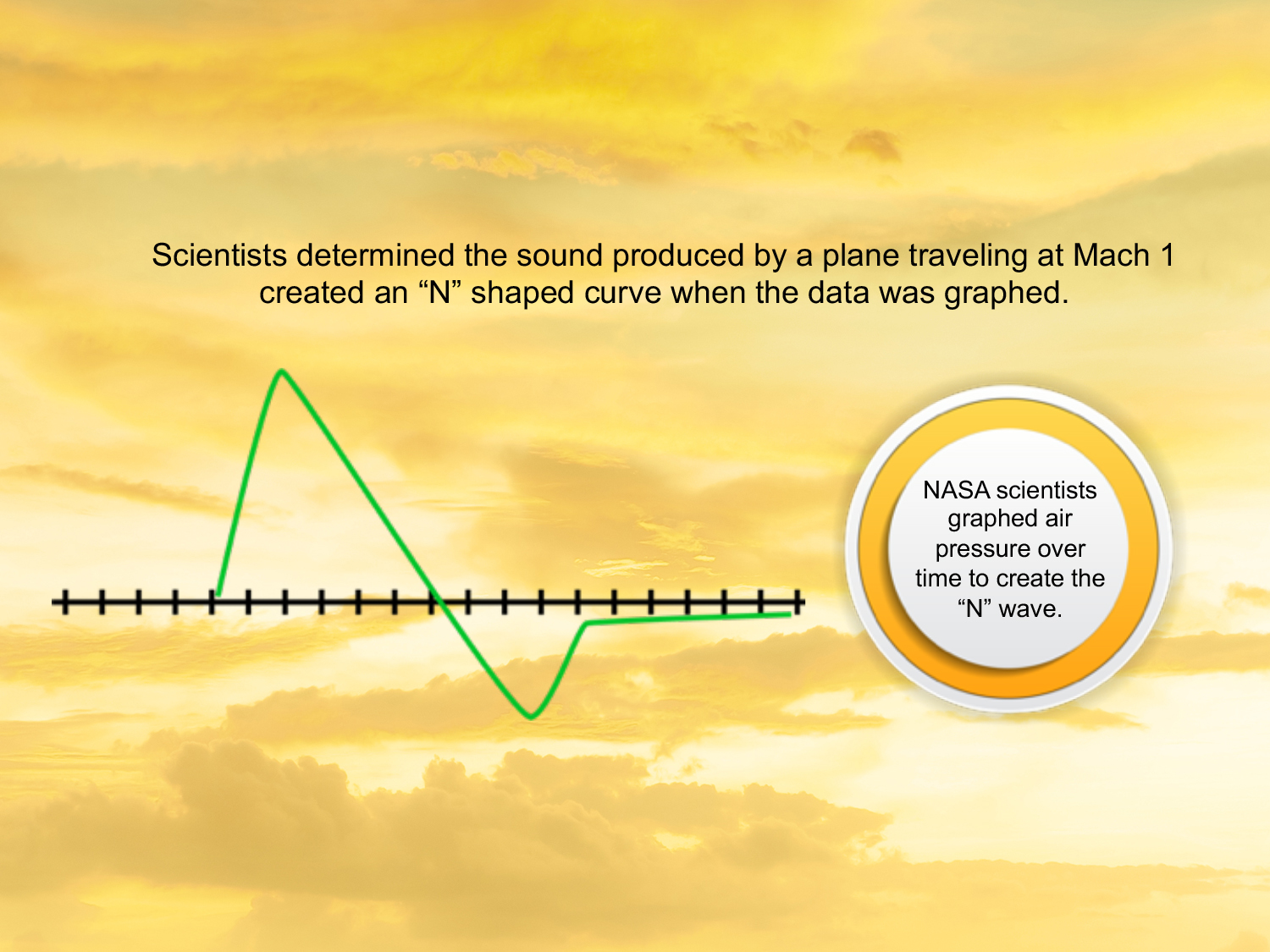What's the science of sound?
Understanding sound waves, sonic booms,
and the speed of sound are key to understanding how X-59 will quiet the boom.
The Physics of Waves
Waves are created when energy is transferred through a medium like water or air. There are two types of waves, transverse and longitudinal (sometimes called pressure or compression waves).
When people think of waves, they often think of transverse waves.
Click each video to see an example and explanation of both types.
Transverse Waves
Sound waves and units of measurement
Sound waves are longitudinal waves that travel through a medium like air or water.
When we think about sound, we often think about how loud it is (amplitude, or intensity) and its pitch (frequency).







